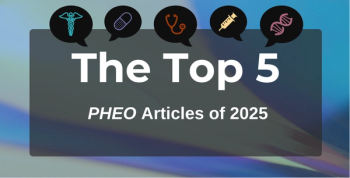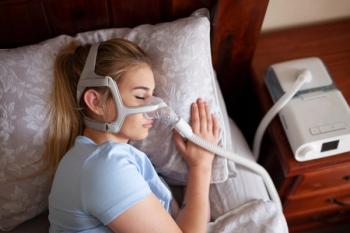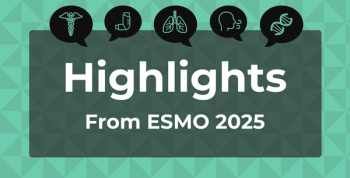
Those Who Use Social Media the Most Feel Lonely, Study Finds
Too much screen time is also blamed for rising rates of childhood obesity and diabetes. NIH Director Francis Collins said social media is a "chicken or the egg" issue, because it's unclear if social media causes isolation or reflects it.
Social media has the power to connect. But too much of it can have the power to cut us off from one another, according to a study appearing in the American Journal of Preventive Medicine.
A study funded by the National Institutes of Health (NIH) finds a link between increased social media use and perceived social isolation. Researchers from the University of Pittsburgh studied a nationally representative sample of 1797 US adults aged 19 to 32 years who were recruited in the fall of 2014. The group was diverse: 57% were white 20% percent Hispanic, 13% were African American, and 9% were mixed-race.
Social media use was measured based on the amount of time and the frequency that users accessed 11 different platforms, including Facebook, YouTube, Instagram, Twitter, Reddit, Snapchat, and Vine (which has since been discontinued).
Perceived social isolated (PSI) was measured with the Patient-Reported Outcomes Measurement Information System. Compared with those in the lowest quartile of social media time, those in the highest quartile had twice the odds of having greater PSI. And, at the same time, compared with those in the lowest quartile, those in the highest quartile of social frequency had more than 3 times the odds of having greater PSI.
Writing in a blog post, NIH Director Francis Collins, MD, said the findings raise serious health concerns.
“Previous research has linked social isolation to worsening physical and mental health, and even increased risk of death. In fact some experts have gone so far as to label loneliness a major public health concern,” he wrote.
Beyond social isolation, too much screen time is also linked to rising rates of childhood obesity and diabetes. Lack of
The highest users of social media spent up to 2 hours a day on various platforms, visiting them an average of 58 times per week. The most limited users spent 30 minutes or less per day on social media, with 8 or fewer visits per week.
Collins describes the challenge of interpreting the results: “There’s a chicken-and-the-egg issue here. It’s not really clear which came first: social media use leading to feelings of social isolation—or vice versa. It’s possible that people who feel socially isolated look to social media to help fill the void. Or, it may be that spending hours on social media, rather than on other activities, encourages feelings of isolation and even jealousy. That is, people may read the carefully selected posts of their friends who appear to be having fun, and become resentful of being left out. It may also be some combination of both.”
Collins advised that, like other things in life, balance in social media is key.
Reference
Primack BA, Shensa A, Sidani JE, et al. Social media use and perceived social isolation among young adults in the US [published online March 13, 2017]. Am J Preven Med. 2017; DOI:
Newsletter
Stay ahead of policy, cost, and value—subscribe to AJMC for expert insights at the intersection of clinical care and health economics.







































